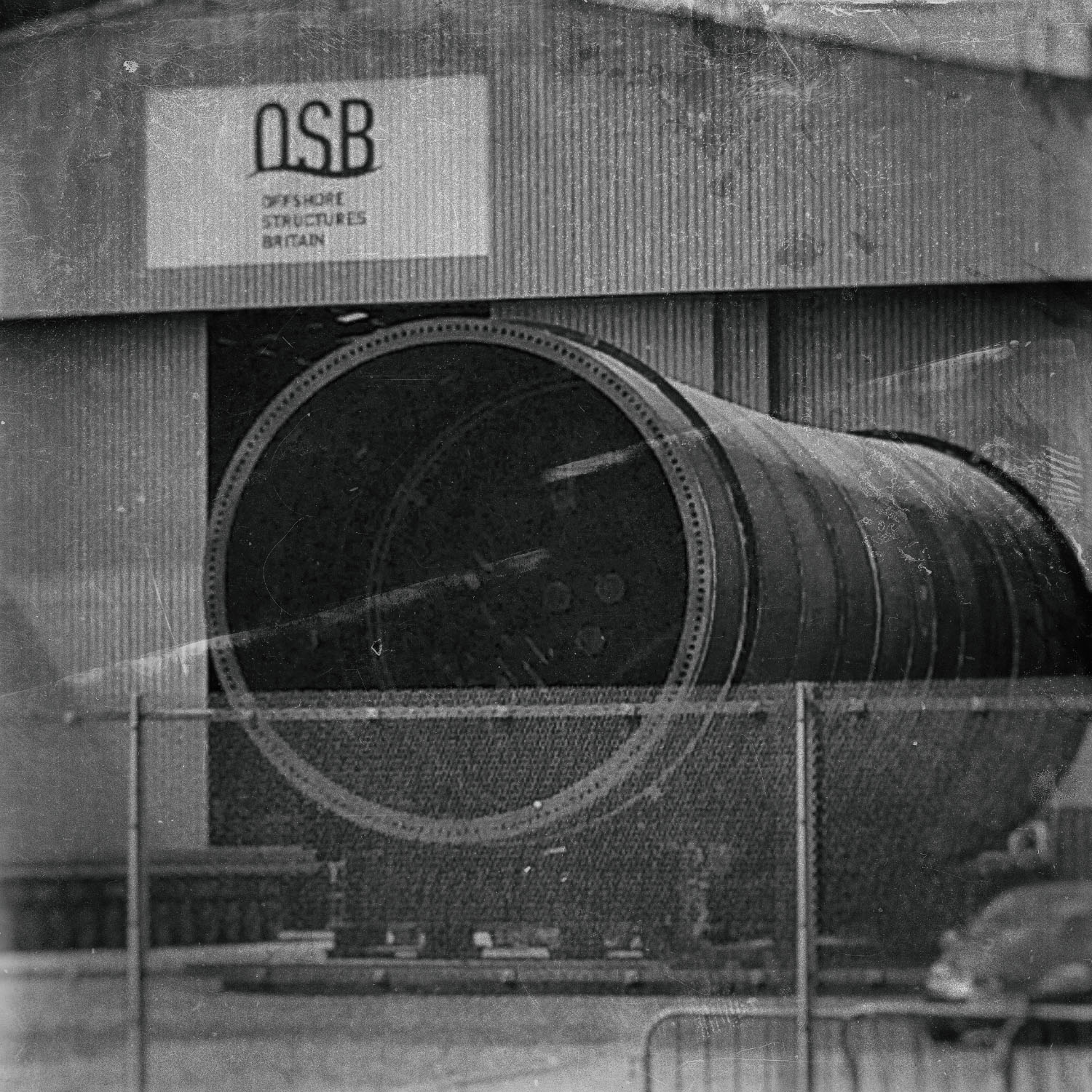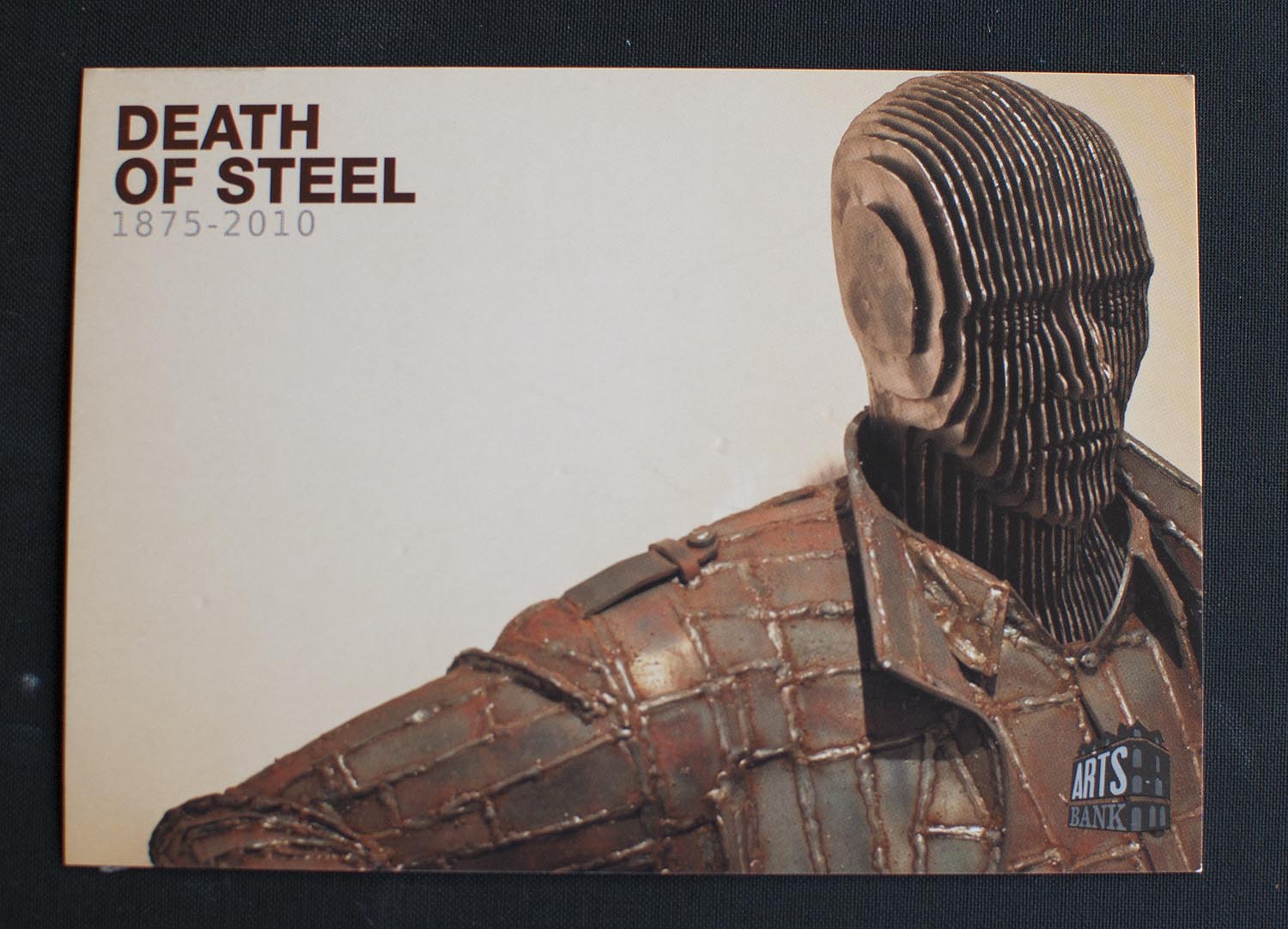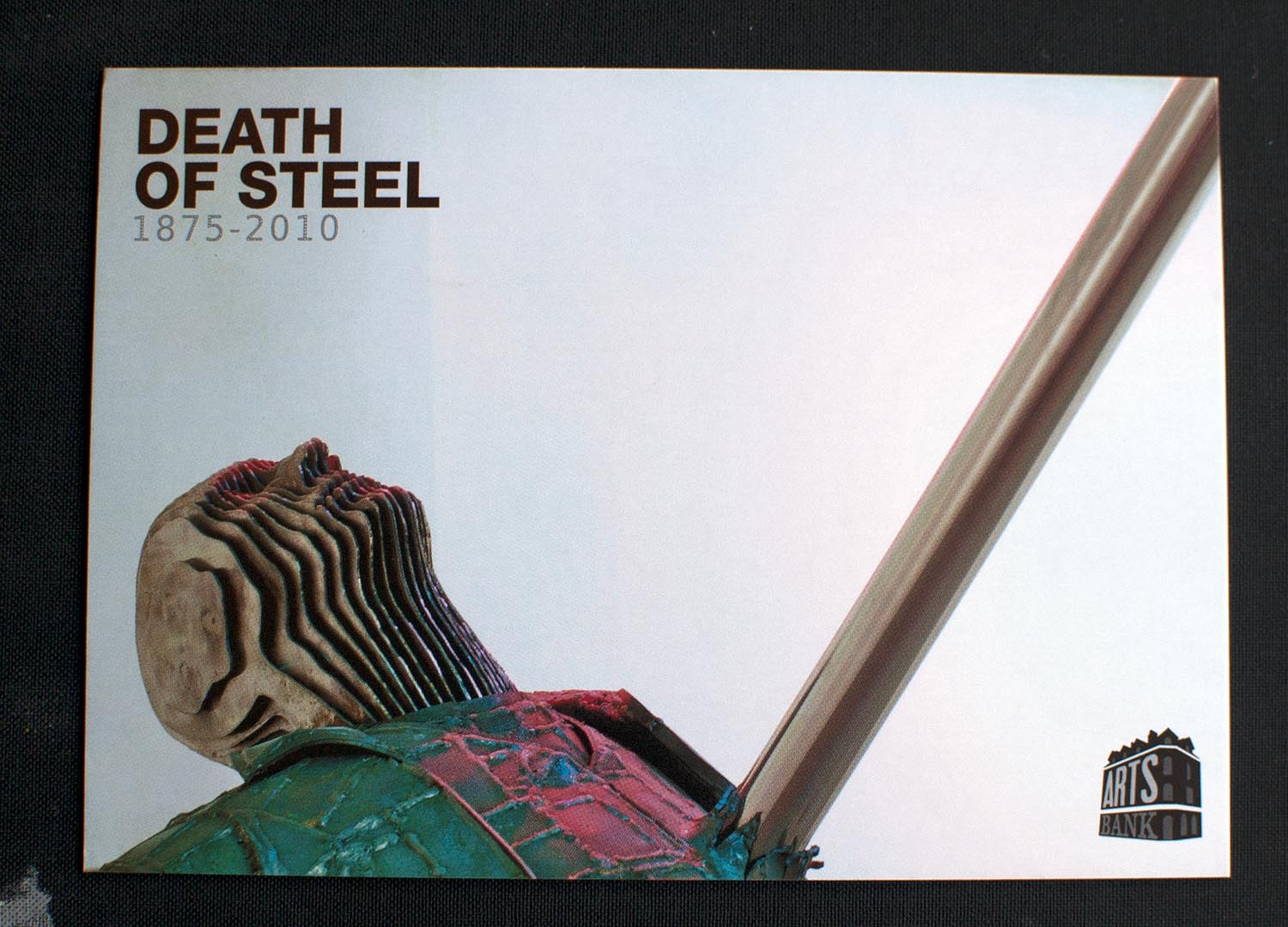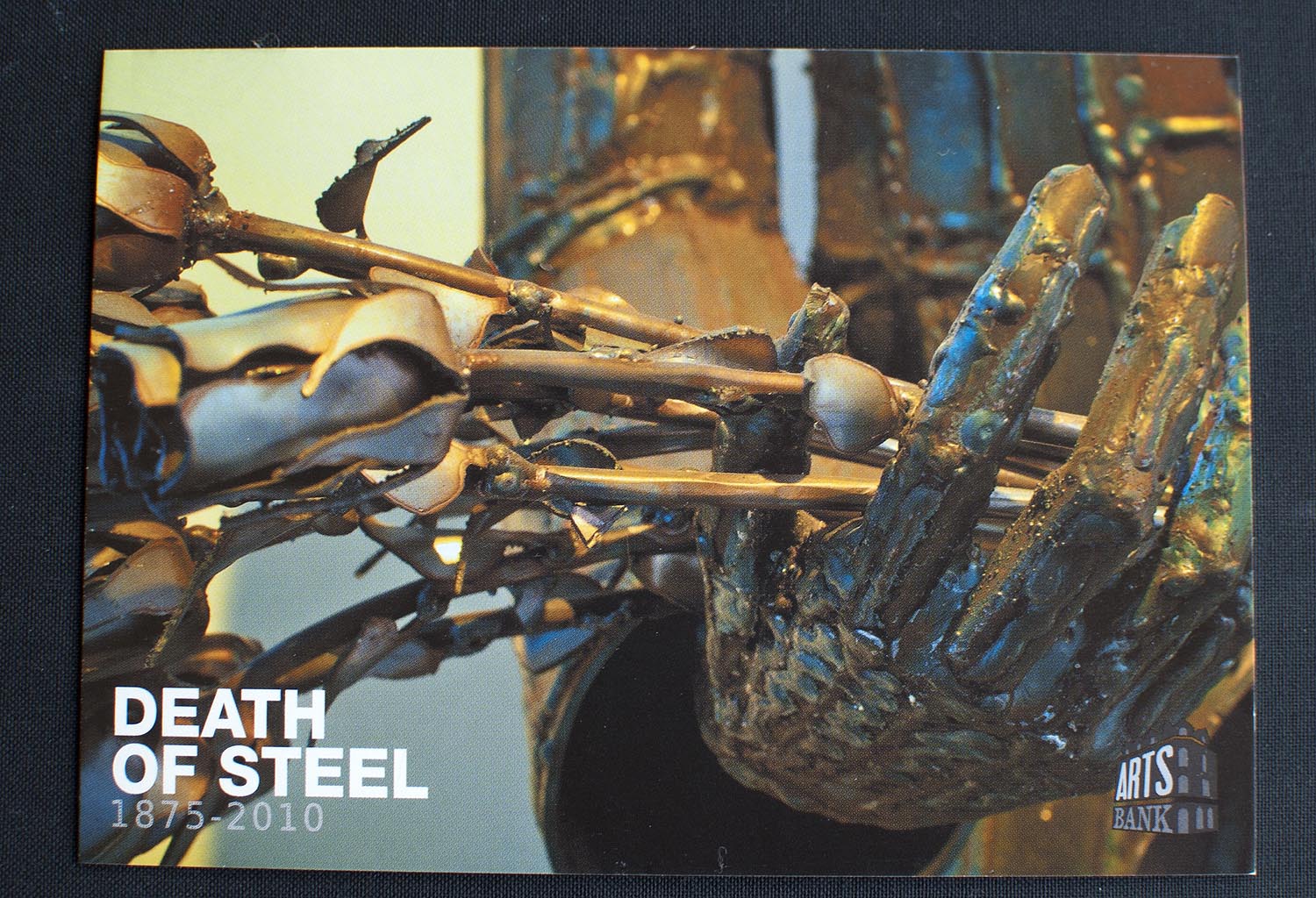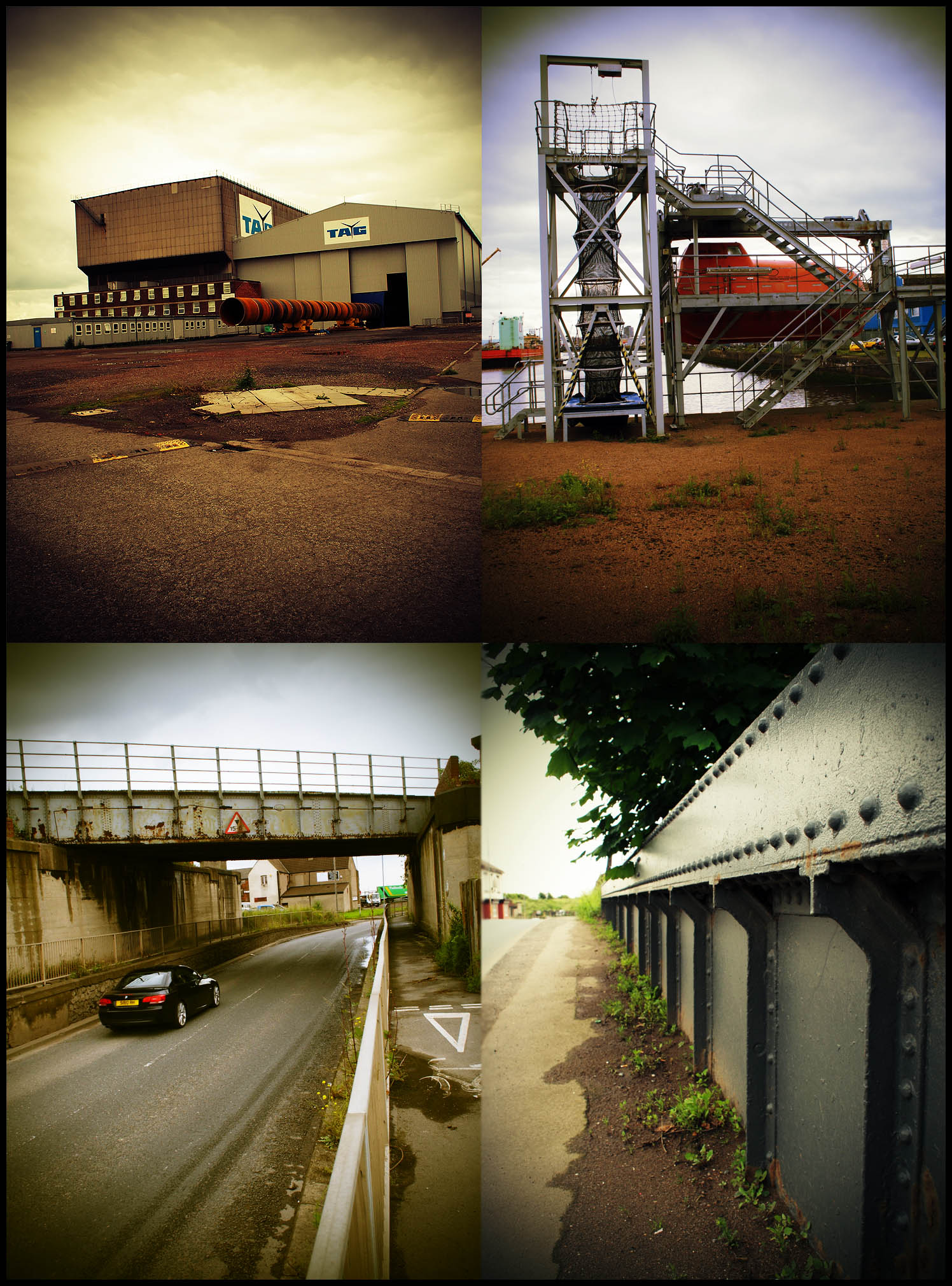In 2021 I posted this image for International Women’s Day. I didn’t really have much information about the image other than this page on the Tesside Archives website.
Last week I saw an article about an exhibition called Women in Shipbuilding being held at the Common Room in Newcastle. The exhibition is part of a Historic England project to reveal the largely untold story of how, during the First World War, women worked in the shipbuilding industries in the North East of England.

The exhibition uses images from the Imperial War Museum’s collection and is being shown at various venues around Tyneside. The organisers hope to encourage people to come forward and share any information they have on this hidden history with a goal of building a publically accessible archive.
Looking through the Historic England material, all of the project partners are on Tyneside, I cannot see any plans to bring this exhibition to Teesside. Considering that a number of the images are of women involved in the construction of the Furness Shipyard at Haverton Hill, this is potentially a lost opportunity to involve people from beyond the banks of the Tyne in this important project.
Website including image galleries Historic England: Women in Shipbuilding
Postscript
After visiting the exhibition, I took a walk up the Laing Gallery to have a look at their exhibition of Chris Killip’s photographs documenting the building of the last ships on the Tyne. These images are permanently housed within their own space in the gallery. It would be nice if some of the wonderful images from Imperial War Museum’s collection could find a similar home in the North East of England.














